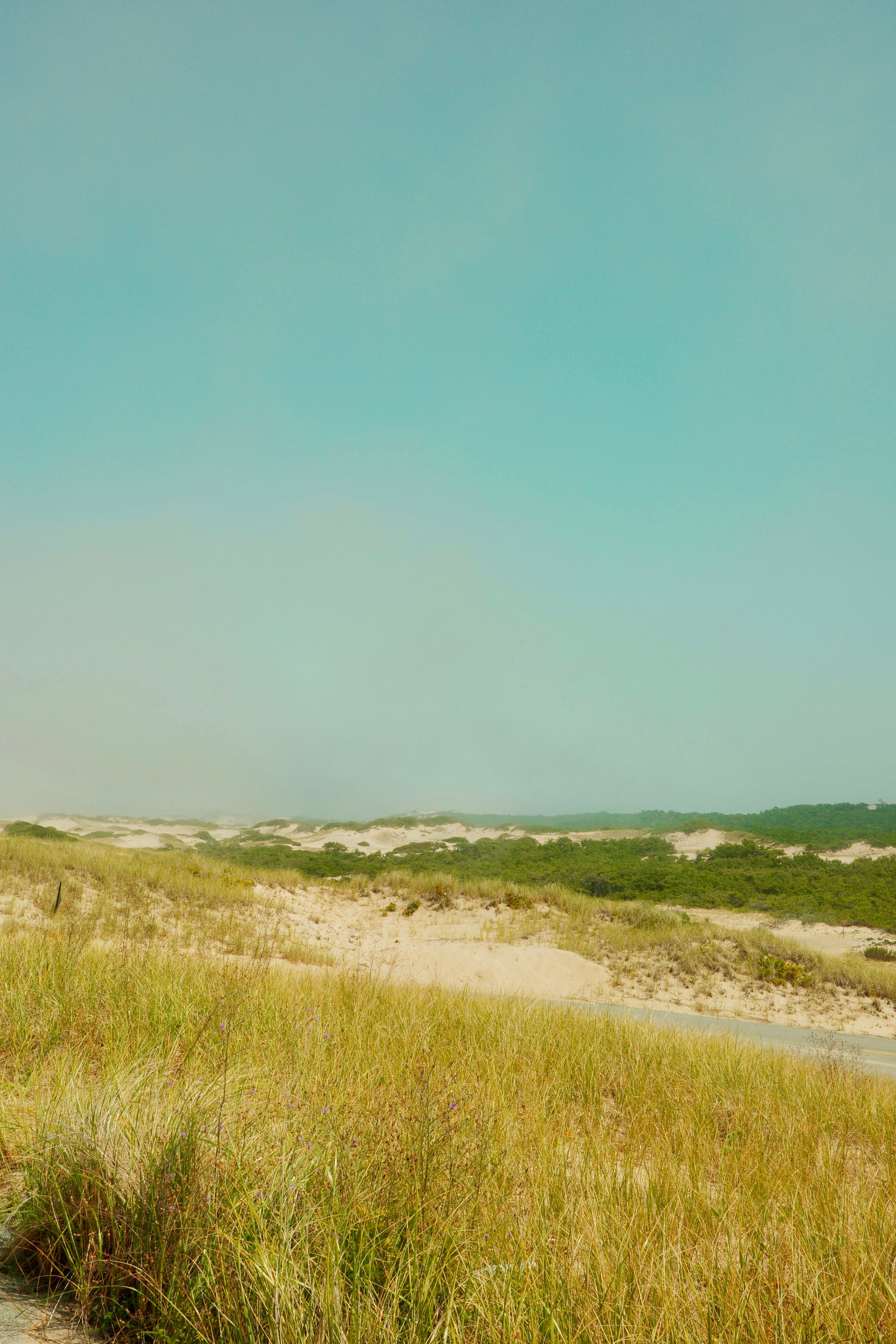Cultivating Tough Fuchsias: A Step-by-Step Guide
Growing Hardy Fuchsias in UK Gardens
Hardy fuchsias are a popular choice among UK gardeners due to their prolonged flowering period, minimal care requirements, and perennial nature. These shrubs can reach heights of up to 3 meters in milder regions, with some escaping gardens to become naturalized in hedges and roadside margins. Even in colder regions, hardy fuchsias often survive frost and regenerate from the base in spring. It is crucial to differentiate hardy fuchsia types from the more delicate, half-hardy varieties that need winter protection.
Distinguishing Hardy Fuchsias
Hardy fuchsias are larger and feature woody, shrub-like stems with an upright growth habit. Their pendant flowers typically appear in pairs and come in various colors, such as red, white, and pink, with sizes generally smaller than their half-hardy counterparts. Some hardy fuchsias also have colored or variegated leaves. Though most hardy fuchsia varieties endure UK winters, some may still require protection from the harshest weather conditions.
Ideal Growing Conditions
Grow hardy fuchsias in locations with full sun or partial shade, ensuring the soil is moist, well-drained, and rich in humus. Varieties with lighter-colored flowers tend to stand out more in partial shade. Hardy fuchsias are robust plants that prefer a nutrient-rich soil. In colder areas, it is best to plant these shrubs in a sheltered location, such as against a wall or fence. Hardy fuchsias are suitable for mixed borders, with taller varieties making excellent hedges, and compact ones thriving in pots.
Planting Hardy Fuchsias
Plant hardy fuchsias in spring to allow them ample time to establish a robust root system before winter sets in. These plants die back in cold winters and regrow from the base in spring. A solid root system increases the chances of the young plant surviving a cold winter. To plant in the ground, dig a hole into fertile soil and improve the quality if needed by adding well-rotted compost or manure. Position the rootball in the hole so that the base of the stem sits around 5 cm below the soil surface to protect the roots from frost. Backfill with soil, firm gently, and water thoroughly.
For pot-grown hardy fuchsias, use a soil-based potting compost mixed with 1/3 of peat-free multi-purpose compost or leaf mould. Choose a generous pot, roughly 30 cm wide and deep.
Caring for Hardy Fuchsias
Once established, hardy fuchsias require little maintenance apart from annual pruning and occasional thorough watering during extended dry spells. Pot-grown fuchsias need regular watering from spring to autumn, and for optimal results, feed fortnightly during the summer and early autumn with a high-potash fertilizer such as tomato food. Deadheading spent blooms maintains an attractive appearance and encourages more flowers to develop.
Pruning Hardy Fuchsias
Hardy fuchsias respond well to severe pruning and can be cut back almost to the base, usually around 7 to 10 cm from the ground. In mild regions, prune in mid-spring after the plant has started to show new growth. In colder regions, delay pruning until late spring, once all risk of frost has passed. Remove dead stems back to the live wood.
Propagating Hardy Fuchsias
Propagating hardy fuchsias from hardwood cuttings is easy. In late autumn, cut pencil-thick sections from woody stems and trim them to around 15 cm, ensuring they are just below a pair of leaves. Remove the lower pair of leaves. Insert the cuttings in a 15 cm pot filled with gritty, peat-free cuttings compost, ensuring around half of each cutting is in the compost. Place the pot in a cool, frost-free location such as an unheated greenhouse or cold frame, keeping the compost just damp. New shoots should appear by spring, at which point you can pot them into individual pots and plant them into their final growing positions in early summer.
Pests and Diseases
Capsid bugs feed on young shoots, leading to unsightly blemishes on the leaves. Encourage natural pest control by growing a variety of plants, avoiding the use of pesticides, and allowing for natural predators such as birds and ground beetles to thrive.
Buying Hardy Fuchsias
When purchasing hardy fuchsias, ensure you have suitable growing conditions, particularly if growing in pots. Hardy fuchsias are widely available from various garden retailers, with specialist nurseries offering a greater selection. Always inspect plants for pests and diseases prior to purchase.
Types of Hardy Fuchsia to Grow
Fuchsia 'Alice Hoffman', for example, is a compact, bushy variety boasting striking white and pink flowers against bronze-green foliage. This eye-catching variety is ideal for solo growing in a large pot or container.
Fuchsia 'Beacon' is an upright variety with bright pink sepals and cosmic purple petals, which complement purple-leafed heucheras and pink-flowered astrantias.
Fuchsia 'Lady Boothby' is a climbing fuchsia that can be trained to cover walls, obelisks, and fences, producing dramatic pillars of color. It features fresh green foliage and deep pink and purple blooms.
Fuchsia 'Rose of Castile' is a vigorous and free-flowering cultivar with rosy, off-white sepals and purple-pink petals, suitable for training as a standard or against a wall.
Fuchsia 'Brutus' is an old variety bred in 1897, known for its reliability, vigor, and abundant, intense purple and pink flowers.
Plant Size:Height: 150Spread: 150
Fuchsia 'Mrs Popple' is a well-liked variety bearing numerous blooms from early summer to autumn. Its bushy and upright growth habit makes it a good choice for creating a flowering hedge.
Fuchsia magellanica and its cultivars are known for their elegant, pink, tapering sepals and rich purple petals. These varieties can grow up to 150 cm or more in warmer climates.
In terms of home-and-garden lifestyle, growing hardy fuchsias is an excellent choice for UK gardens due to their suitability across various climates and minimal pest control requirements. When landscaping or gardening, hardy fuchsias can enhance the appearance of mixed borders, as well as serve as a vibrant addition to home-and-garden accessories such as pots, containers, or even a trellis or fence.








